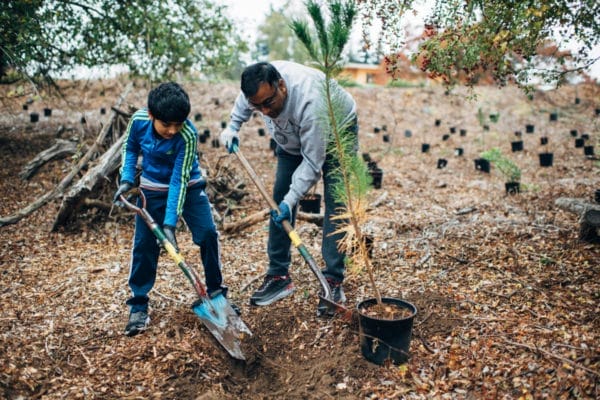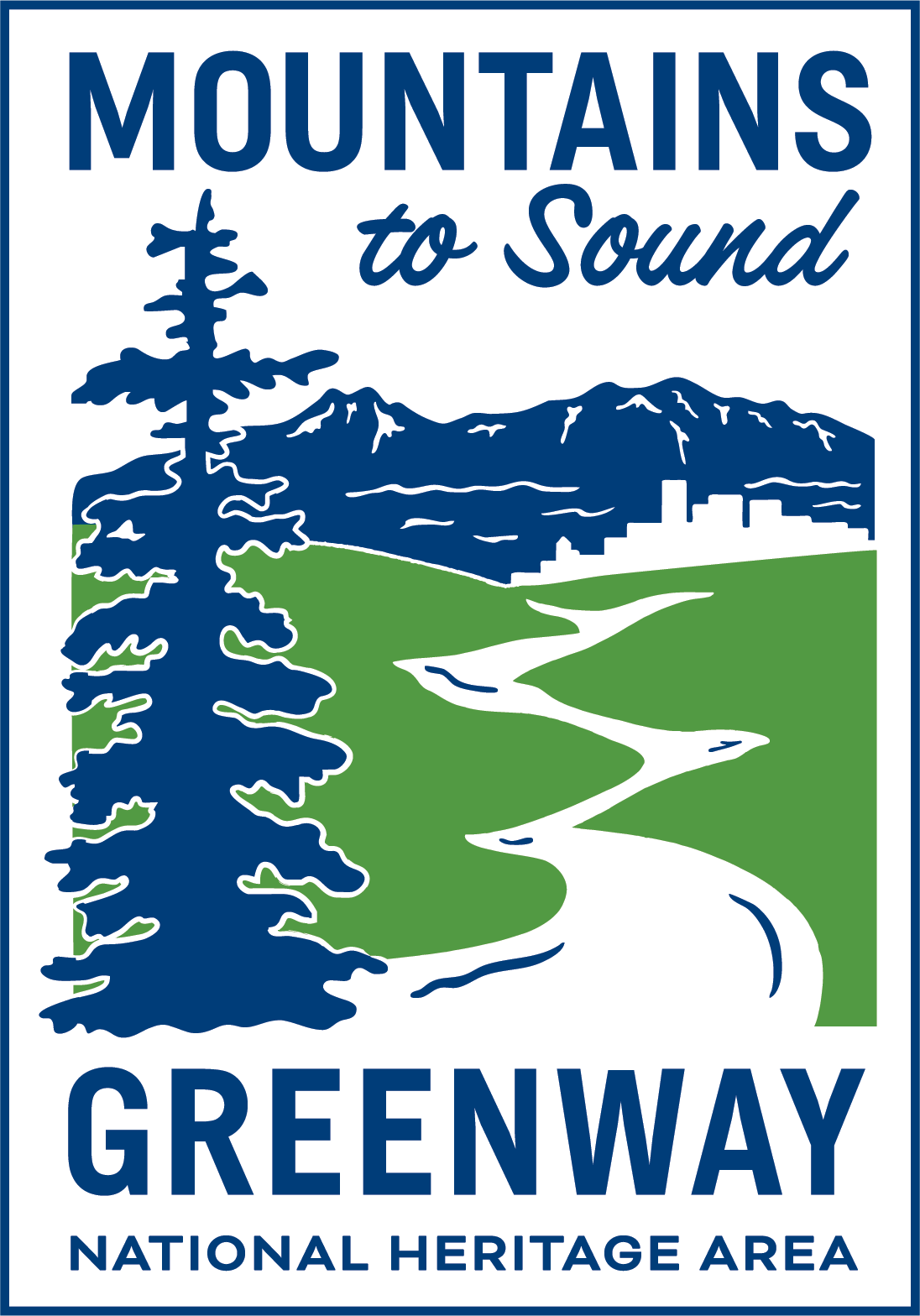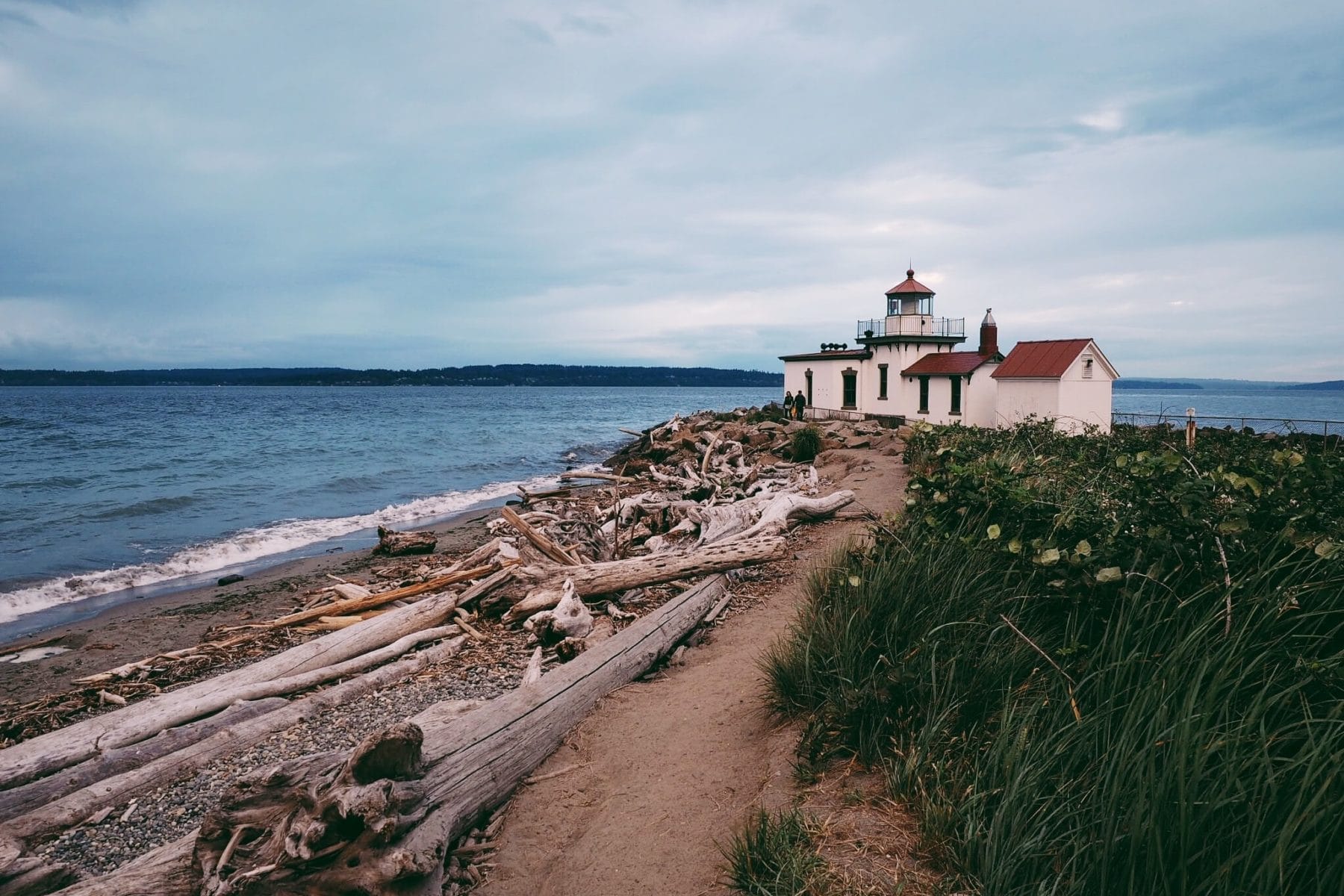Nature Helps to Steward Us Too
Like many folks who call the Greenway home, green spaces like parks and forests have always been a source of happiness for me. Whether it was going to Mercer Island when I was young to play alongside Lake Washington at Luther Burbank Park (whose cool cement-and-metal playground served as the perfect pretend submarine) or hiking with friends last summer in the Alpine Lakes Wilderness outside of Cle Elum. Getting outside in the Pacific Northwest has a knack for making me feel good. What I have recently learned is that there is a growing body of research showing just how important green space is for humans’ mental health. It turns out that when we at the Greenway Trust say being connected to nature make us healthier and happier, it is not just our belief, but also a well-researched hypothesis.
Does this trend that green-is-good for me hold for others? Over the last few years, a team of scientists from the University of Aarhus in Denmark set out to answer that question by looking at a sample of over 1 million Danish citizens. Using historical satellite data, the researchers quantified the amount of vegetation in the area directly around each person’s home and compared it with their mental health history. They found that across all the areas where people lived, whether it be a rural town or in the City of Copenhagen itself, people who grew up surrounded by greenery had lower chances of developing a psychiatric disorder. Those with the least vegetation around their homes were up to 55% more likely to develop a mental health problem, even after adjusting for socioeconomic factors and family history. Findings like this have prompted some to say that exposure to nature can work as well, or better, than prescription drugs in the treatment of some mental health issues.
The findings of this research in Denmark are supported by another interesting study, this one in the unlikely setting of a suburban hospital in Pennsylvania. In 1984, a medical doctor from Texas A&M University found a “natural” view promoted a faster recovery, fewer complications, and required less pain medication in patients recovering from a major surgery when compared to patients whose recovery rooms lacked such a green scene. It appears even just the sight of nature could help our bodies heal themselves, incredible!
This begs the question: is all green good? The giant thicket of invasive weeds on my street ought to be all the green space I need, right? Well, when it comes to mental health (and most ecosystem functions), not all natural space has the same beneficial effects. Ask yourself: what scenes and landscapes do you most enjoy when you go outside? Does a bramble of Himalayan blackberry (delicious fruit notwithstanding) feel the same as a stand of cedars, Doug firs, salmonberry, and salal?
Researchers from the University of Washington surveyed visitors to Discovery Park in Seattle (an iconic Greenway spot) and found that 77% of the respondents’ meaningful experiences in this 500-acre forested park depended on its “relative wildness”—that is its trees, wildlife, beaches, bluffs, vistas, and more. Supporting this are other studies which indicate a positive correlation between biodiversity and reported psychological benefits. In other words, it seems that the richer and more biodiverse a green space is, the happier, calmer, and more restorative a place it is for humans.

Clearly nature, in doses small and large, is important for our mental health, but why is that the case? From diagnosed psychiatric conditions to individually described meaningful experiences, these studies report numerous reasons people enjoy being in nature. These include reduction in stress, increases in cognition, more opportunities for physical activity and social bonding, and time for reflection and gaining perspective. Whether it is finding solitude amidst the trees, feeling a sense of calm at the sight of green through your window, or excitement from being active on a trail, there are dozens of reasons why green space is good for you. Perhaps underlying all of them though, is the fundamental connection humans have to nature: we are all part of the ecosystem and it is deeply important to our mental health that we nurture that connection.
This is one of the reasons why we work with our volunteers and partners to steward and restore the native ecosystems of the Greenway. For example, in November 2019 we worked with more than 100 volunteers to plant almost 800 native plants in just four hours on Green Seattle Day. We also work at Luther Burbank Park (which you may remember for it’s aforementioned super-cool playground), in the Alpine Lakes Wilderness outside of Cle Elum, and dozens of other spots to help provide people and wildlife access to incredible green spaces. With your help, either through volunteering, donating to support our work, or both, we will continue to take care of our public lands, so they do the same for us in return.





